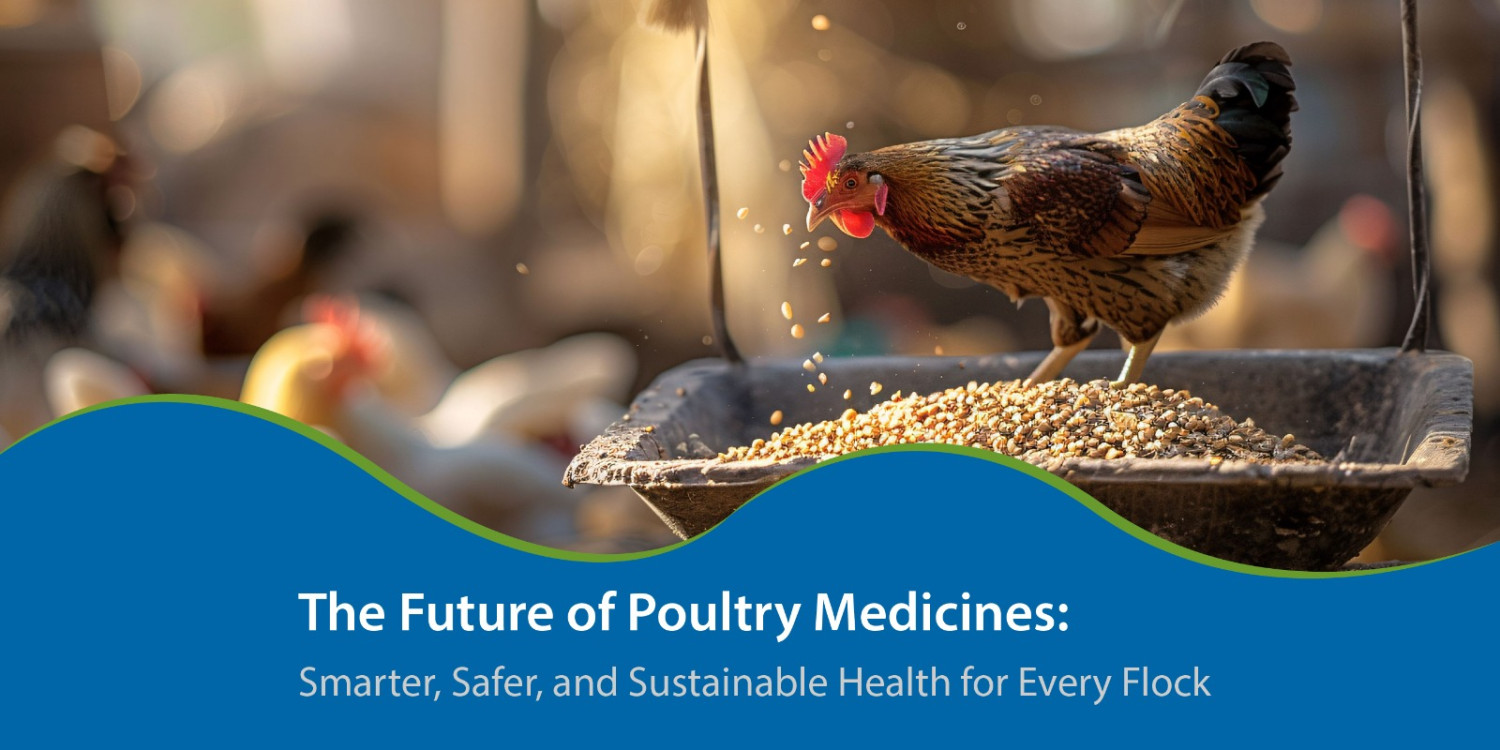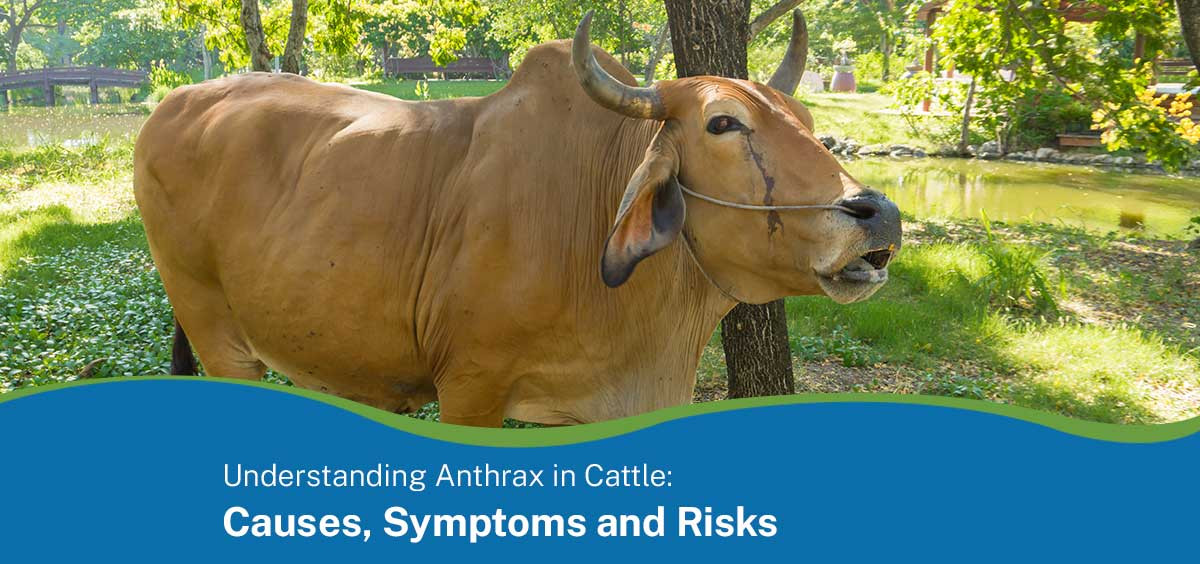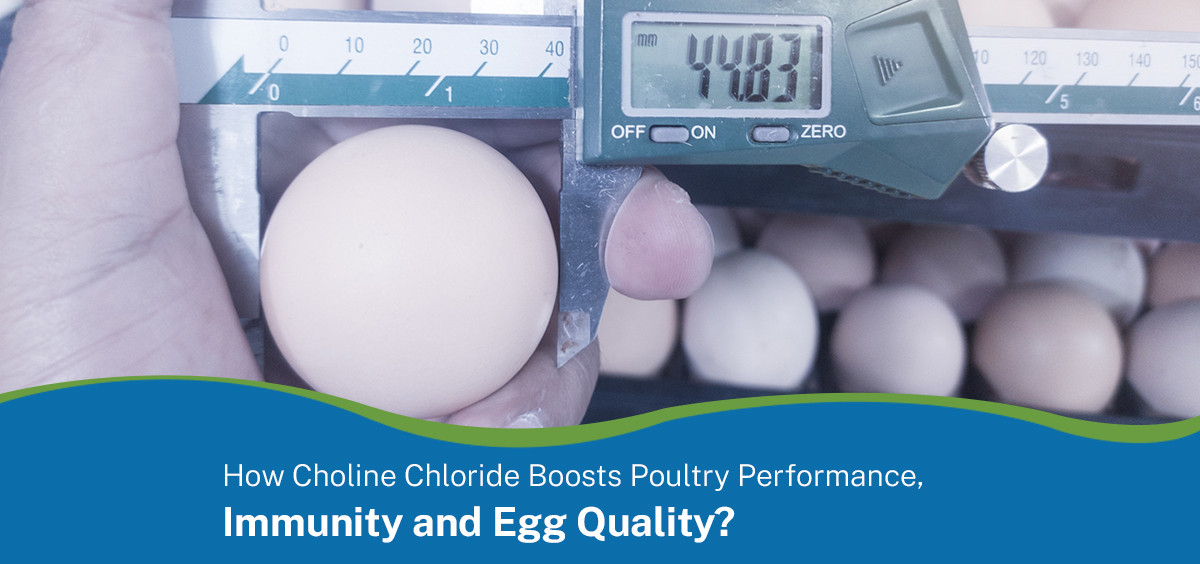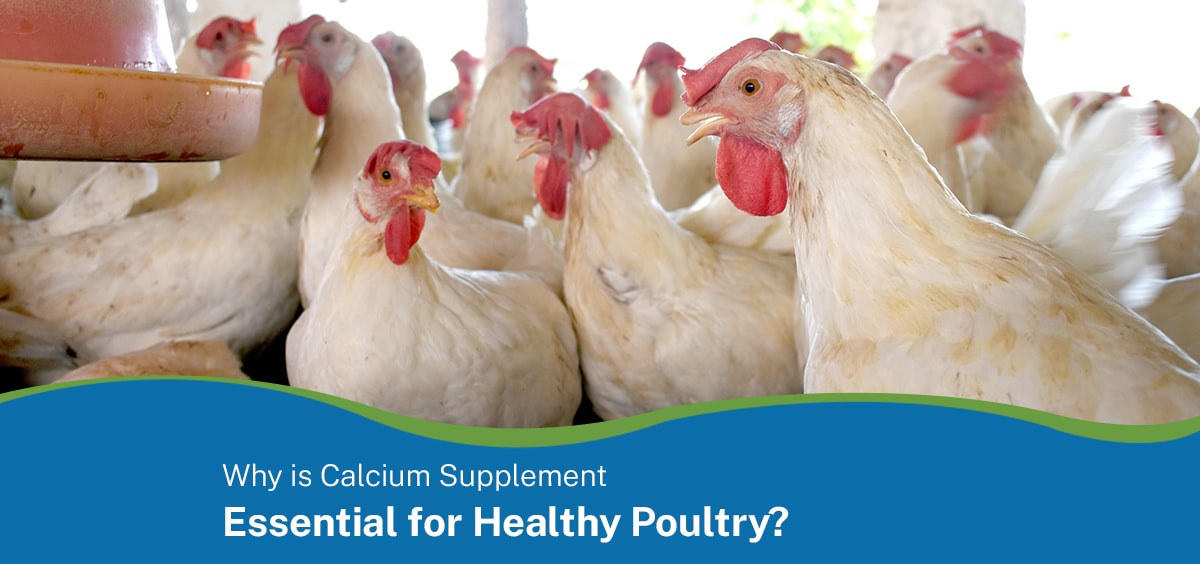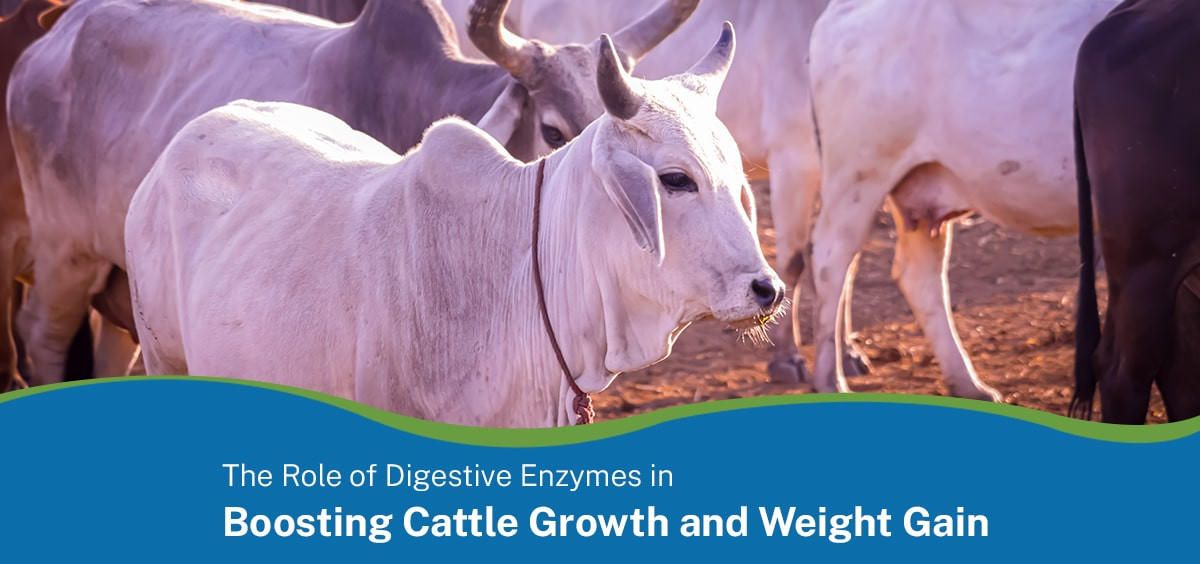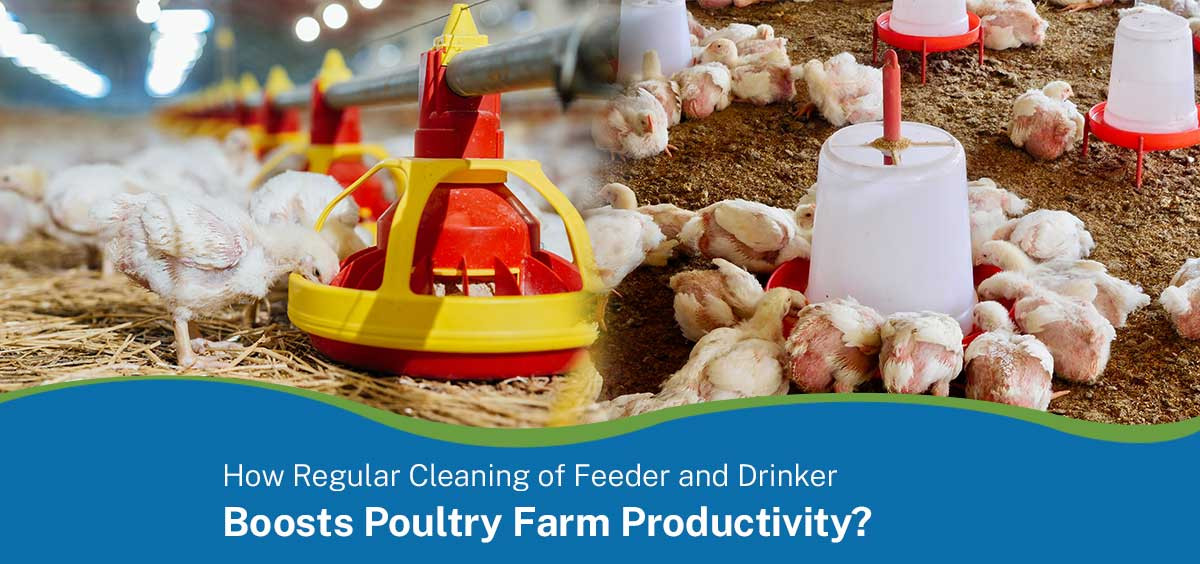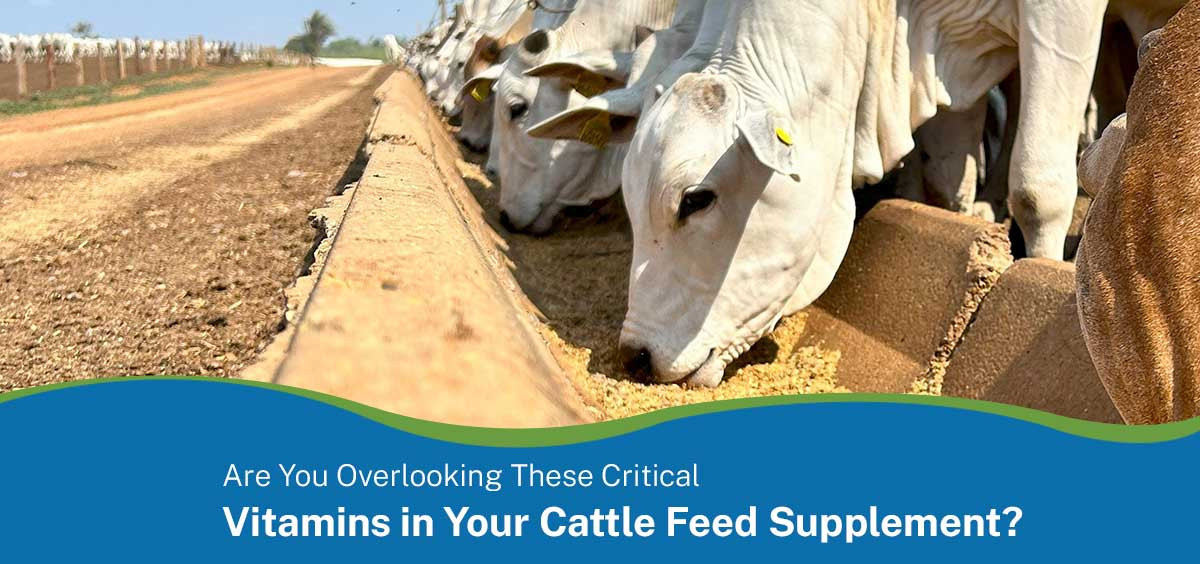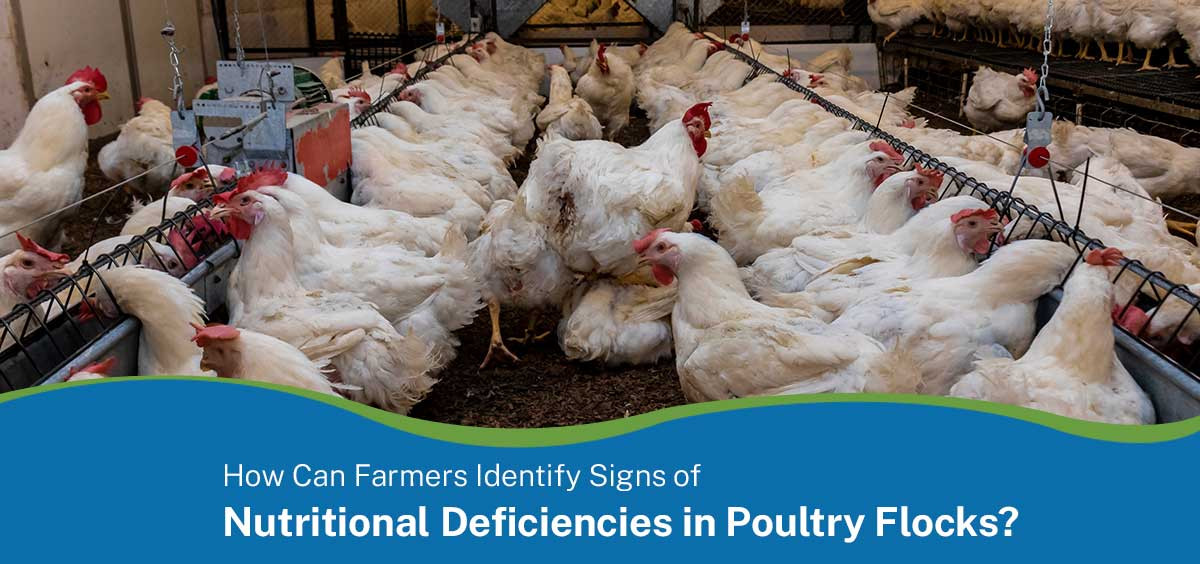Why Should Toxin Binder Be Part of Your Poultry Feed Routine?
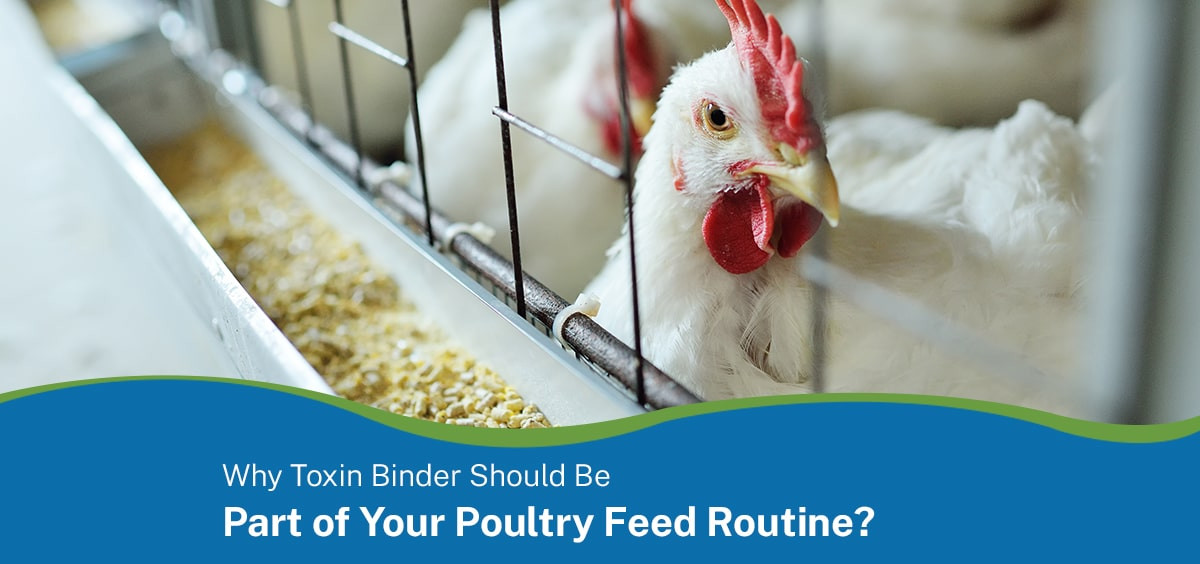
The Indian poultry industry has shown promising growth in the 2023-2024 financial year. However, with the rise of the industry, several major problems arise too. One of them is the poultry feed generally used. Reports said that almost 70% of the poultry feed tested is contaminated with at least one type of mycotoxin, most commonly aflatoxins and fumonisins; therefore, making toxin binder a must have in the poultry feed.
These toxins, produced by molds in humid and poorly kept poultry feed, cause economic loss to the farmers. Poultry farmers have reported a drop in egg production and increased mortality in the monsoon season when the moisture levels in the stored feed increase sharply. So, it is important to choose toxin binder in these seasons to minimise the loss in your poultry business.
To put it simply, toxin binders for poultry are the safeguard that prevent the mycotoxin from being absorbed in the body of the poultry birds and protects them from various health issues. In this blog, we will discuss in detail what a toxin binder is and why it is used as a part of the poultry feed routine.
What are Toxin Binders?
Toxin binders are specially developed feed additives that deactivate the harmful mycotoxin from entering into the gastrointestinal tract of the poultry birds. They prevent toxins from going into the bloodstream, allowing them to be safely excreted from the body through faeces. High-quality toxin binder for poultry feed offers protection from a broad spectrum of mycotoxins, such as aflatoxins, fumonisins, ochratoxins A, and T-2 toxins.
Typically, there are two types of toxin binders used in the poultry feed:
Inorganic toxin binder:
These kinds of toxin binders include clay minerals like bentonite, montmorillonite, and kaolin. Zeolites are also used in some cases.
Organic toxin binder:
These types of binders consist of activated charcoal, yeast cell wall-derived materials, and plant extracts to bind the mycotoxin for the poultry birds.
Why Is Toxin Binder Used in Your Poultry Feed?
1. High Feed Cost:
As the feed accounts for 65% to 70% of poultry costs, the poultry farmers need to source the feed from multiple sources, often compromising the quality of the feed. In such circumstances, toxin contamination becomes unavoidable.
The toxin binder for poultry plays an important role in this situation, assuring each batch of feed offers protection, regardless of sourcing variations.
2. Demand for Antibiotic-Free Poultry:
With the rise of antibiotic-free poultry worldwide, the demand for toxin binder has also grown recently. These toxin binders for poultry offer the non-antibiotic method of securing the gut health of the poultry birds and increasing the immunity power. They reduce the subclinical stress on the birds caused by mycotoxins.
3. Strict Residue Regulation:
Exports of poultry meat and eggs to countries like the UAE, the EU, and Japan must meet strict residue and feed safety norms. Daily use of the toxin binder for poultry helps ensure the compliance with the global standards, leading the way to the high-value export market for the poultry farmers.
4. Greater Impact on the Chicks and Breeder Birds:
Chicks, growing broilers, and breeding chickens are particularly susceptible to low levels of toxins. In breeders, mycotoxins affect egg fertility, chick hatchability, and male reproductive performance.
In chicks, exposure can slow immune development and also reduce the effectiveness of early vaccinations. Starting with toxin binder from Day 1 will ultimately ensure that it is safer for gut development and response to vaccines, which increases overall survival.
5. Stress with Other Feed Challenges:
Poultry today frequently faces multiple stressors at the same time, such as heat stress, viral infections, and feed variability. In addition, exposure to mycotoxins can increase the impact of any of these factors because it reduces immunity and liver function among the poultry birds.
Toxin binders develop a protective buffer for the animal in high-stress situations. A toxin binder not only manages the toxins but also improves the birds' resilience to several environmental and metabolic stressors.
Situations When Toxin Binder Can Be Used:
Although toxin binders may not be provided until there's an issue (reactively). Using toxin binders on a proactive and continuous basis offers the best protection.
You should always use toxin binders for poultry feed:
During monsoon and post-monsoon seasons,
When using corn, peanut meal, or cottonseed cake,
When feed storage is not temperature controlled,
When birds are showing symptoms of poor growth, diarrhoea, or refusal to consume feed
For breeder flocks or high-value layers, the cost of lost performance is serious even for small declines.
To Conclude: Don’t Wait for an Outbreak, Prevent It
In an increasingly unpredictable poultry industry, and even in situations where you incur a small loss from a feed issue, the margin can be eliminated. Mycotoxins are invisible, but their effects are big, especially in a tropical country (like India), where moisture, heat, and humidity contribute to mold and toxin development.
That is why it is no longer a good idea for poultry to use a toxin binder in their feed. It is now essential. Whether you are a small grower working to provide the best possible poultry or a commercial integrator managing a process-based operation, it is considered to incorporate toxin binder into everyday poultry feed strategy.
It is time to take action on feed safety and incorporate a toxin binder for poultry into your poultry feed.
FAQ
Why are toxin binders important for antibiotic-free poultry production?
Toxin binders help maintain gut health and immunity naturally, reducing the need for antibiotics in poultry farming.
How do toxin binders benefit export-oriented poultry farms?
They ensure feed safety and help meet international mycotoxin residue limits required by importing countries.
Why should toxin binders be used even if the feed looks dry and clean?
Because mycotoxins are invisible and heat-stable, and may already be present in feed stored or transported under humid conditions.
Recent Posts
The Future of Poultry Medicines: Smarter, Safer, and Sustainable Health for Every Flock
Understanding Anthrax in Cattle: Causes, Symptoms and Risks
How Choline Chloride Boosts Poultry Performance, Immunity and Egg Quality
The Role of Digestive Enzymes in Boosting Cattle Growth and Weight Gain
How regular cleaning of Poultry feeder and drinker boosts farm productivity?
Are You Overlooking These Critical Vitamins in Your Cattle Feed Supplement?
How can farmers identify signs of nutritional deficiencies in poultry flocks?
PrraniGanga.com | India’s 1st Livestock Products Marketplace
PrraniGanga.com | India’s 1st Livestock Products Marketplace
Welcome to PrraniGanga.com
India’s first dedicated marketplace for livestock farmers, sellers, vendors, and manufacturers. Our platform offers a complete range of livestock feeds, medicines, supplements, and equipment—bringing modern, reliable solutions to the industry.
Transforming Livestock Farming
With technology driving rapid change, PrraniGanga stands as a pioneer in simplifying access to livestock essentials. By creating a unified hub, we make procurement faster, easier, and more efficient for everyone in the livestock ecosystem.
A One-Stop Solution for Farmers
Farmers often face challenges with fragmented supply chains and delays. PrraniGanga bridges this gap by offering a seamless digital platform where high-quality products are available at their fingertips, tailored to livestock needs.
Comprehensive Product Range
PrraniGanga brings together everything a livestock farmer requires—nutritious and high-quality feeds to ensure better health and productivity, reliable medicines for prevention and treatment, innovative supplements that boost growth, strength, and immunity, and modern equipment designed to make livestock management more efficient. By consolidating all these essentials in one place, we empower farmers with both convenience and confidence.
